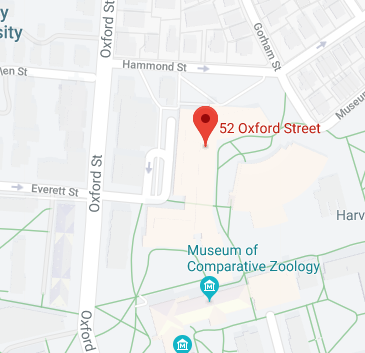Past Events
- 2013 Feb 07
- 2013 Jan 23
- 2012 Dec 19
- 2012 Dec 06
- 2012 Nov 28
- 2012 Nov 01
- 2012 Oct 17
- 2012 Oct 04
- 2012 Sep 26
- 2012 May 16

Northwest Laboratories, Room 353
52 Oxford Street
Cambridge, MA 02138
Geological Museum, Haller Hall
Room 102
24 Oxford Street
Cambridge, MA 02138